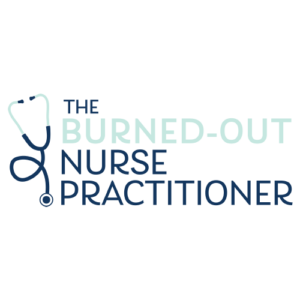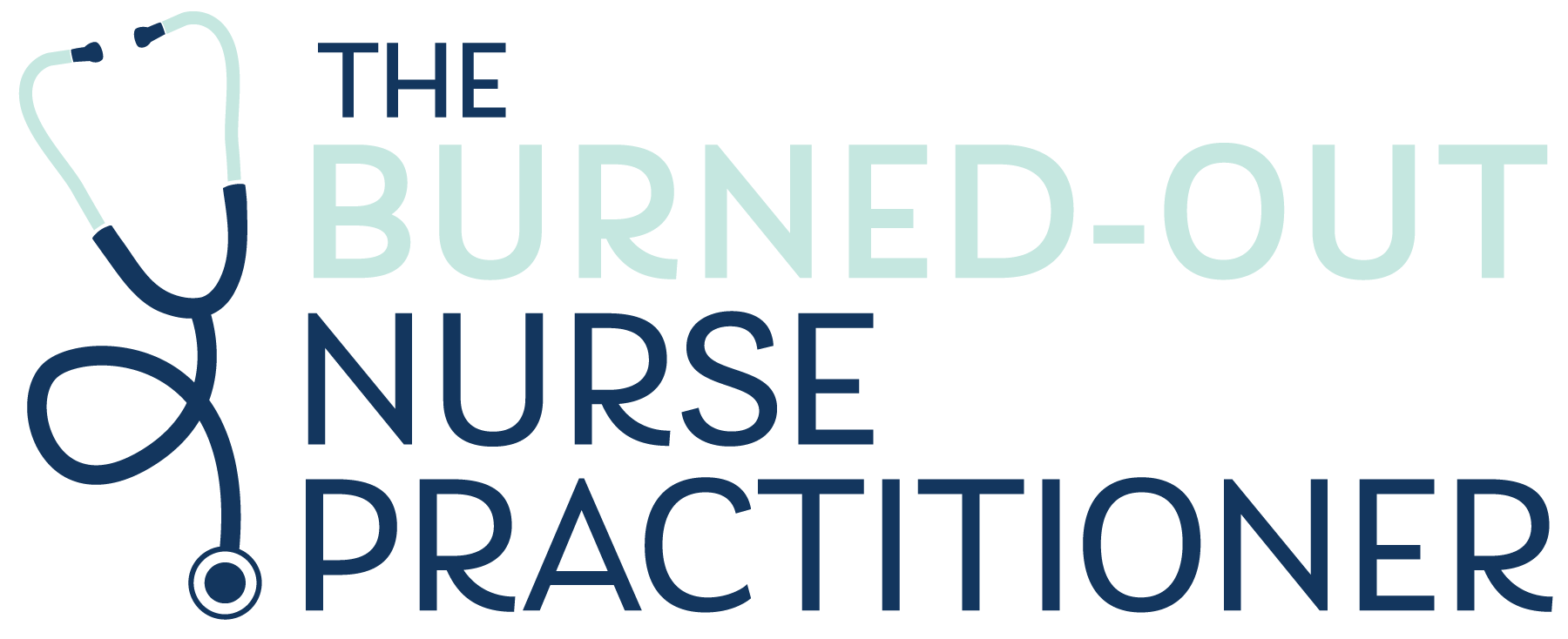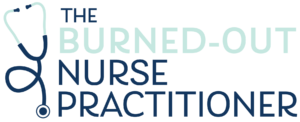Guest blog post by Jessica Reeves, MSN, MPH, APRN. Jessica is the author of Secrets from the World’s Most Productive Nurse Practitioner.
You need to set limits to preserve your sanity.
As The World’s Most Productive Nurse Practitioner, I have spoken often about setting limits with patients in the visit. In a family medicine setting, it generally takes about 10 minutes to fully assess, diagnose, and plan treatment for a concern – so in a 20 minute visit, you simply can not adequately address five unrelated concerns.
Patients do not always know or instinctively understand this, and it is up to us as the clinicians leading the encounter to help them to understand. More often than not when I have helped a patient understand the limits of what we can do in 20 minutes, they are able to understand and adjust their expectations.
In 2020, our industry abruptly began to place a big emphasis on telehealth. Video visits, phone visits, patients connecting to their clinicians via chart portals, messages – it all became fair game. But if it took some guidance for patients to understand what we can get done in an in-person visit, it stands to reason that they may need some guidance about the appropriate way to interact with providers via telehealth and associated modalities.
How will they get this guidance?
From you.
You and I already know that for most providers, the things that happen in the chart/inbox/task list are not accounted for on your schedule like appointments. These things happen on the fly, when you have a few spare minutes or when a crisis erupts that needs to be dealt with immediately.
Patients do not know this. You have hundreds of patients, but they have (maybe) a handful of providers. And those providers need to be clear with patients about what is appropriate to expect from encounters outside of the exam room.
Most charting systems have a way to send messages and alerts to patients – “You are due for your mammogram” and the like. Does your organization send a message to patients providing guidance about expectations around messaging the office? If not, why not?
Four Commandments For Patients Accessing Their Patient Portal
- NEVER use the messaging feature for emergencies.
- Understand that your message will be reviewed within one business day (in most cases). This does not guarantee a response within that same time frame.
- Your message may be reviewed by another staff member (usually a nurse) BEFORE your provider sees it. While there is confidentiality protection under HIPAA, in order to manage the high volume of messages received daily, other clinical staff may review a message for urgency before the provider sees it.
- Incoming messages are prioritized according to urgency; this prioritizing is done by this office, as we do not have dedicated time set aside to review messages. If you want immediate responses to medical questions, an appointment remains your best option.
I have known several Nurse Practitioners who have driven themselves close to the point of complete burnout by responding to every message that they get from patients as soon as they can. I disagree with this practice on two counts: this teaches your patients to expect a rapid response and also teaches them that it may be okay to avoid an office visit.
Ask yourself: is it sustainable to have patients expecting a rapid response to messages when you don’t have time held in your schedule to respond to them? How on earth are you going to make that happen on a regular basis? If your office values this method of connecting with patients, time must be set aside daily (or twice daily) specifically for reviewing/responding to messages. Otherwise, you will be reading and responding to messages (possibly poorly or incompletely) between the myriad other tasks that you have OR staying until all hours of the night – neither of these are acceptable on a regular basis. Imagine if they told you that in the job interview… “We see 20 patients a day AND THEN there is a bunch of work that is not really accounted for anywhere, like answering patient messages and other tasks and inbox stuff. That takes another couple of hours each day, but we work from 8-4 and only see 20 patients a day!” Really? Would you accept that job offer?
You and your patient may have different ideas of what qualifies for a visit. A patient may have no idea that they may be close to crossing a line when they shoot you a message about trying out their friend’s blood pressure cuff and getting a reading of 140/95. They probably don’t realize that you don’t recall what their normal blood pressure is, so you have to look it up in their chart (click, click, click), and then look at the past few readings that you have available to see if there is any sort of trend (click, click), and then flip back over to the inbox section of your EMR (click, click), open their message again (without getting distracted or discouraged by the other messages that have now come in), and respond (is the friend’s cuff is new?, has it ever been calibrated?, were both feet on the floor and arm at chest height when taking the reading?, were they exercising shortly before taking the pressure?). Your response is not likely to be as simple as “keep an eye on it” – you are probably going to have questions for them, which they will answer, and to which you will respond again, continuing the dance.
Is this the best use of your time? Especially when you have patients waiting for you in the exam room? Would it be more efficient for both you and the patient if you were able to have a conversation about this in real time? There is another layer to this, the fact that a situation like this puts you on the verge of giving out medical advice for free. If you are going into enough depth that this could become a billable visit, it should become a billable visit – and if it’s a matter of a conversation, well, those are great for video visits.
You could also make the argument that the kind of information that might be exchanged in a back and forth via messages could contain important clinical details that you (or other people looking in the chart for this information) would otherwise expect to see in a visit note, not a message thread. This could lead to important information being relatively lost in the shuffle or overlooked – which helps neither provider nor patients.
If you don’t make it clear to patients that there are limits, and gently but firmly redirect them when appropriate, how can you expect to ever strike a comfortable work-life balance? Always ask yourself whether the way that you are doing things is the best use of your time; when you find that it isn’t, see what you can do quickly and rapidly to make changes that will improve the use of your time. When what you can do isn’t enough, present evidence to administration of why this is problematic along with a solution. In my experience, simply trudging through, waiting for it to get better, and venting to colleagues rarely makes improvements happen. It’s up to you!
Jessica Reeves, MSN, MPH, APRN is a Nurse Practitioner and coach based in New Hampshire. She is also the author of Secrets From The World’s Most Productive Nurse Practitioner (available wherever books are sold). Learn more at OURcoach.online, or email her at worldsmostproductivenp@gmail.com.
For more tips and tricks on charting and time management, check out The Time Management and Charting Tips Course.

For time management and charting tips, check out The Nurse Practitioner Charting School– The one stop for all documentation resources created specifically for nurse practitioners. Learn more at www.npchartingschool.com

**Full disclosure, this blog post may include affiliate links. I do receive a commission if any of the affiliate programs/services/supplies are purchased. This is at no extra cost to you but does allow me to continue to provide content as The Burned-out Nurse Practitioner! Thank you!

**Full disclosure, this blog post may include affiliate links. I do receive a commission if any of the affiliate programs/services/supplies are purchased. This is at no extra cost to you but does allow me to continue to provide content as The Burned-out Nurse Practitioner! Thank you!




